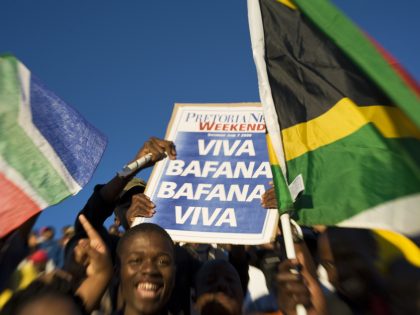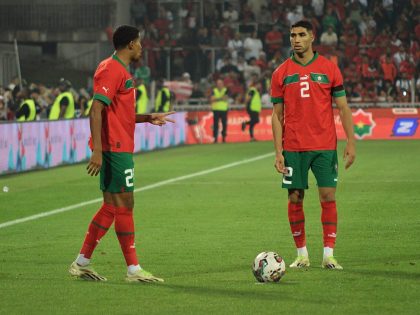What we know about Australia
The popular Australian show, "Hey Hey It's Saturday Night!," on Channel 9, thought it would be okay to revive blackface.

The Dutch blackface figure, Zwarte Piet, revived every Christmas. Image by Gerard Stolk via Flickr.
You must have seen this video by now (ht Neelika Jayawardane). Watch it first. The setting is a reunion episode for a long running Australian variety show. The show is a sort of “America’s Got Talent” mixed with the elements of a late night TV talk show. One of the reunion acts are of a bunch of guys in blackface. They call themselves “The Jackson Jive.” They’ve been invited back to reprise an act they did 20 years ago, in 1989. Then, twenty years ago, they came on “Hey Hey It’s Saturday Night!,” on Channel 9 and won the competition. You figure that out. They won the competition. And they’re still doing the act.
When the Jackson Jive walk out in their ill fitting “golliwog” wigs and identical white suits, you notice that their make-up jobs are terrible; we see bits of their white faces under the black make-up. They all wear one glove on one hand. The other hand is exposed.
The audience claps enthusiastically. They seem to like it and so do the host.
Halfway through another member of the group appears on stage, jumping around. He is dressed like Michael Jackson. His face is painted bright white. He can’t sing.
The “performance” is awful. There’s no irony. This is no no comment on blackface. It is just offensive.
The only one that objects to the obvious racism is the American entertainer Harry Connick Jr., who is there as “guest judge.” Connick gives it a zero and objects to the Jackson Jive on the basis that what they were doing would not have been allowed in the US. It is unclear whether Connick thinks it is fine to have blackface in Australia or it may be that he is just shocked. Or he realizes black people in the US won’t stand for it. But, enough of Connick’s motivations.
Not missing a beat (and looking very pleased with herself), one of the Australian judges gives the guys in blackface seven (!) out of ten: “I thought you were very cute, great choreography, terrific singing, fabulous …”
Later, after a commercial break, the host standing next to Connick makes a half apology to Connick. “We may have offended you with that act.” It must have been in reaction to an objection Connick or his people made during the commercial break. The implication is clear: “We’re not offended. We are Australians. We’re not racists. Just ask the Aborigines and the Asian immigrants.” Which, by the way, is where someone should ask black Australians and immigrants from parts of the third world to Australia what they think and experience.
It also turns out the guys in blackface are medical doctors and, later, that at least one of them is of Indian descent. Oh, and then there are the comments on Youtube defending the “performance.”
Of course everyone is apologizing now. They’re not racists. Bla bla bla.
Ah, Australia that new home of some white South Africans.



















